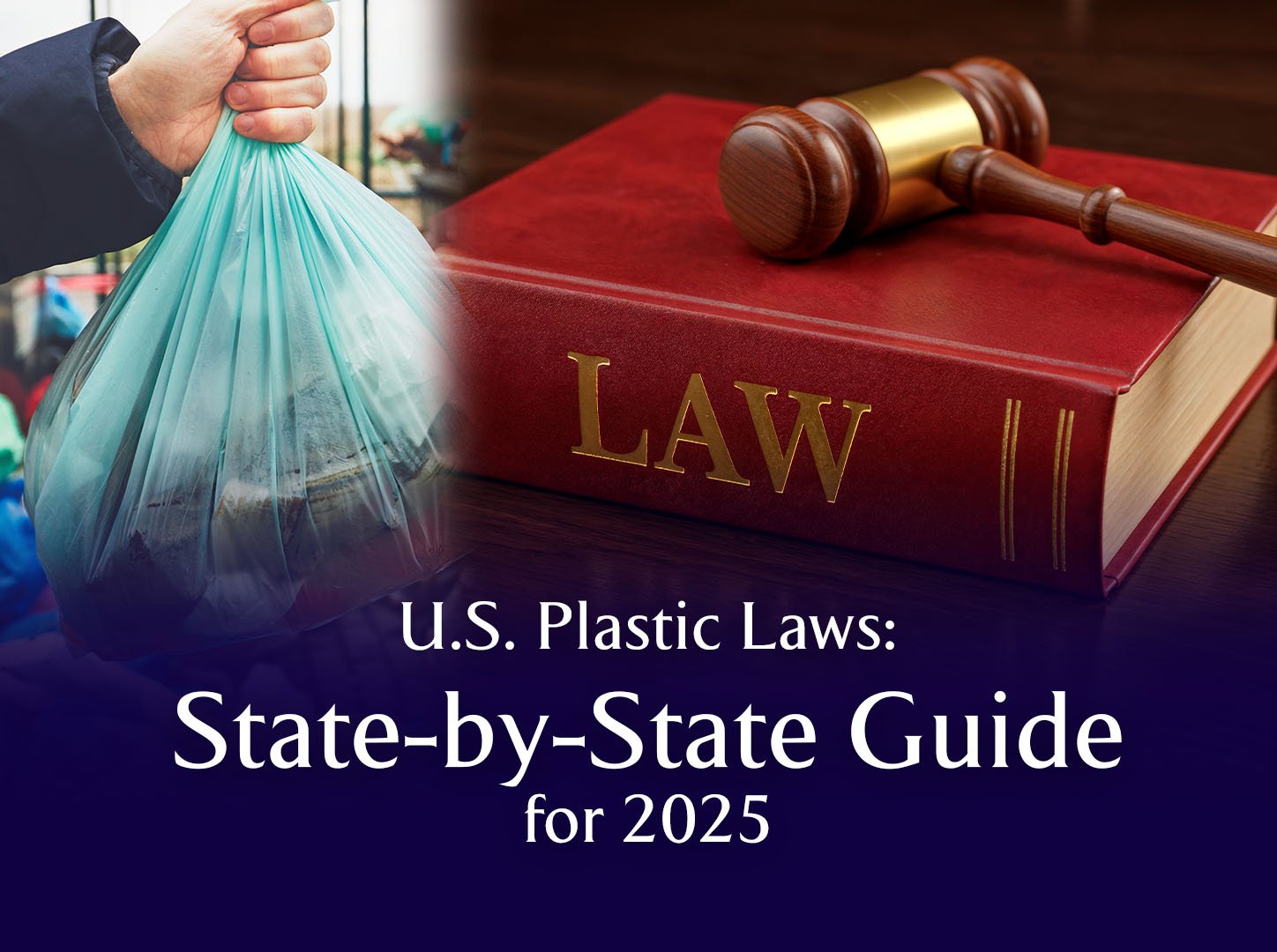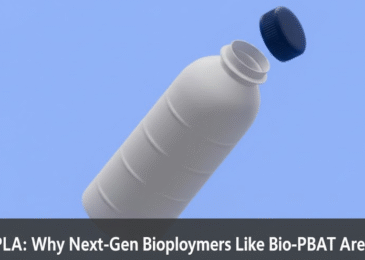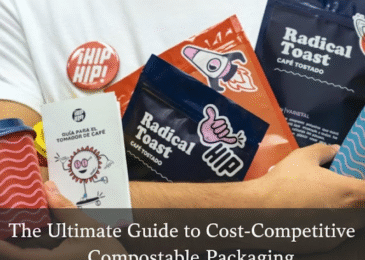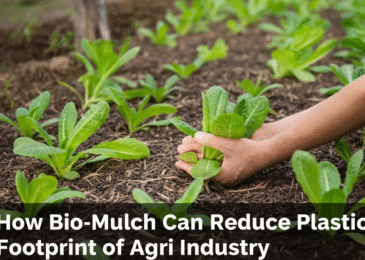Perhaps you’re already aware that America faces a serious plastic waste challenge.
But how serious is it?
Every year, the country generates more than 35 million tons of plastic waste.
Yet less than 10% of that gets recycled.
The rest ends up in landfills, rivers, or the ocean, and worsens the global problem of long-term pollution and economic loss.
That’s where plastic regulations come in.
These rules are designed to do a few important things:
- Ban or restrict single-use plastic products (like checkout bags, foam foodware, and straws)
- Push producers to take more responsibility for the waste their packaging creates
- Promote recycling and safer materials through standards and content requirements
But surprisingly, unlike the EU or some Asian economies, the U.S. does not have a single nationwide law banning single-use plastic.
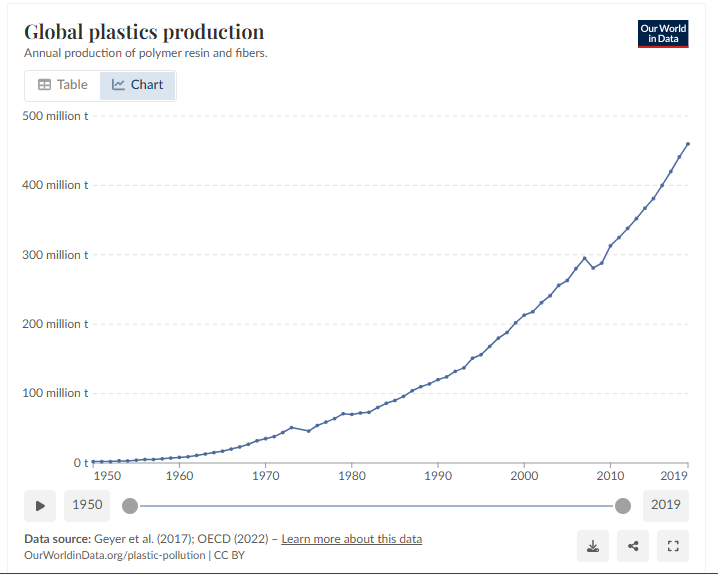
Instead, most damage control happens at the state and city level.
This also means that America’s plastic waste management framework is actually a patchwork of approaches. That’s what I hope to unpack in this post.
Why Do Plastic Packaging Laws In The USA Differ by State?
The United States is a federal system.
So each state has the power to create its own rules for waste, recycling, and the use of plastic packaging.
But the reality is a bit more layered.
The priorities of each state differ.
For example:
- California sees plastic pollution as a threat to its coastline and tourism. So it leads on strict bans and producer responsibility.
- Texas, by contrast, has a large petrochemical industry and tends to block local bans.
Local governments sometimes go further than the state, or get blocked by it.
- In some states, like New Jersey, the state government has set a single tough rule for everyone (no bags, no foam, no exceptions).
- In others, states pass what’s known as preemption plastic laws. This means the cities are not allowed to pass their own bans, even if they want to.
What does this mean for a business in the USA?
A restaurant chain operating in California, Oregon, and Colorado may well have to comply with three different versions of a state ban on plastic, while also watching for local city rules.
This was just an introduction; now’s the time to really understand plastic packaging regulations in key U.S. states.
Overview of Plastic Packaging Regulations in Key U.S. States for 2025
America’s response to plastic waste is not a single nationwide law.
It’s the individual efforts of states with the vision and political will to act.
So if you’re in business, policy, or education, these states are the “trendsetters” whose laws influence not only local markets but, increasingly, national supply chains.
Let’s look at the leaders: California, Oregon, Maine, New Jersey, Maryland, Colorado, Washington, Minnesota, and Delaware.
California
Plastic packaging regulations in California typically set the national pace.
The state banned single-use plastic bags in 2016 (SB 270) and has since expanded to include plastic straws (on request), mini hotel bottles, and, conditionally, foam foodware (triggering a ban if recycling rates aren’t met by 2025).
SB 54 (2022) is a landmark law: By 2032, all single-use packaging in California must be recyclable or compostable.
Producers must reduce single-use plastic by 25% and finance new recycling systems. If foam packaging is not recycled at a 25% rate by 2025, a full ban kicks in.
California also leads in EPR laws in the USA.
Companies must register and pay into stewardship programs. Importantly, the enforcement is strong, and fines for noncompliance have been known to reach $50,000 per day.
The PFAS ban in food packaging is also active, as are recycled content mandates (e.g., plastic beverage bottles must be at least 25% recycled plastic by 2025).
Oregon
Oregon banned single-use plastic checkout bags in 2020 and foam food containers statewide in 2025.
Oregon’s EPR law (passed 2021) was the second in the nation: producers fund recycling programs and must join a stewardship organization.
Local cities like Portland often go beyond state law, with stricter bans and education campaigns.
Oregon also bans PFAS in some food packaging.
Maine
Maine was the first U.S. state to pass an EPR law for packaging (2021).
This shifts recycling costs from cities to producers and requires detailed reporting on packaging types.
The state bans single-use plastic bags (since 2021) and polystyrene foam containers.
Maine’s PFAS ban is the broadest: by 2030, no product with intentionally added PFAS can be sold unless no safer alternative exists.
Enforcement is coordinated between state agencies and municipalities.
New Jersey
New Jersey’s plastic packaging laws are widely seen as the strictest in the U.S.
From 2022, all plastic and paper carryout bags are banned in supermarkets and big stores, and reusable bags are required.
Polystyrene foam food containers are also banned, with very limited exceptions.
Straws are “on request only.”
Enforcement is strict, with escalating fines up to $5,000 per day for repeat violators.
New Jersey has also set recycled content standards for plastic containers.
Maryland
Maryland was first to ban polystyrene foam statewide (2020). Several counties also have bag fees or bans.
Maryland’s EPR law for packaging passed in 2025 and is rolling out now—producers must fund recycling and meet new standards.
PFAS in food packaging is now banned.
Enforcement is shared between the state and counties.
Colorado
Colorado’s 2021 law bans single-use plastic bags and polystyrene food containers as of 2024.
The law also repealed preemption, so cities can go further (Denver, for example, is already considering new restrictions).
The new Colorado EPR law (2022) requires producers to fund recycling, with registration required in 2025.
Paper bags are allowed, but with a mandatory fee to encourage reusable alternatives.
Washington
Washington banned plastic bags in 2021 and banned foam food service products (cups, plates, coolers) in 2024.
The new packaging EPR law (2025) brings producers into recycling programs and sets high standards for recyclability.
PFAS in food packaging is banned, and compostable plastics must meet labeling standards.
Minnesota
Minnesota’s comprehensive EPR law (2023) covers packaging, paper, and foodware.
PFAS bans are phasing in: the state will ban PFAS in most products by 2032, with earlier bans for some categories.
Some local cities have bag ordinances, but the state is now coordinating policy statewide.
Delaware
Delaware banned single-use plastic bags in 2022, by updating its law to close loopholes (now, only true reusable bags are allowed).
Foam containers are restricted, and recycling programs are expanding.
The focus is on making the transition simple for both businesses and consumers.
Plastic Packaging Laws in Leading States (2025)
| State | Bags | Foam | Straws/Utensils | EPR/Producer Fees | PFAS Ban | Key Dates/Notes |
| California | Banned | Ban triggers | On request | Yes (2022 law) | Yes (food packaging) | Foam ban triggers 2025; 25% recycled content by 2025 |
| Oregon | Banned | Banned 2025 | On request | Yes (2021 law) | Some food packaging | EPR and foam ban phase-in 2025 |
| Maine | Banned | Banned | On request | Yes (2021 law) | Broad PFAS ban | PFAS phaseout by 2030 |
| New Jersey | Banned (incl. paper) | Banned | On request | Some recycled content | Not primary focus | Most stringent bag ban in U.S. |
| Maryland | Local bans | Banned | On request/local | Yes (2025 law) | Yes (food packaging) | EPR rollout 2025-26 |
| Colorado | Banned | Banned 2024 | On request | Yes (2022 law) | Not primary focus | Preemption repealed 2024 |
| Washington | Banned | Banned 2024 | On request | Yes (2025 law) | Yes (food packaging) | EPR rollout 2025-26 |
| Minnesota | Some bans | Local bans | On request/local | Yes (2023 law) | Broad PFAS ban | PFAS phaseout by 2032 |
| Delaware | Banned | Restricted | On request/local | No (as of 2025) | Not primary focus | Reusable bag rules 2022 |
As we see, there is no single answer to “What are the plastic packaging regulations by state?”.
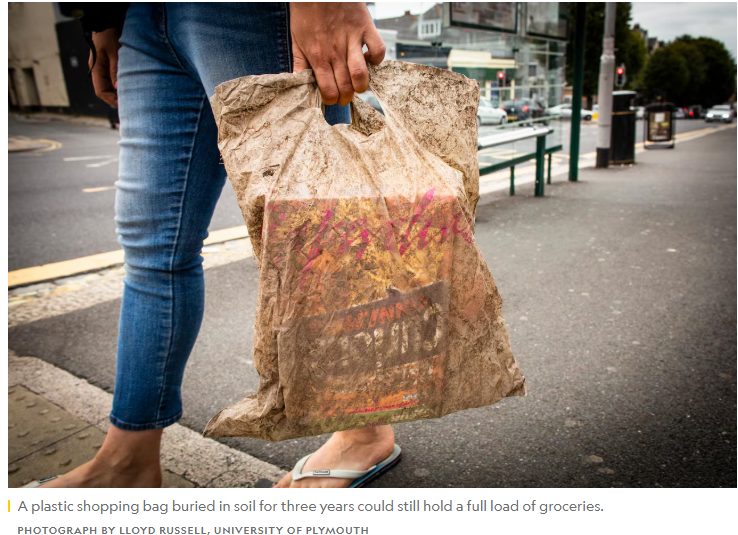
But there is a clear trend: these states are tightening the rules, pushing producers to take responsibility, and closing loopholes year by year.
The next logical question is: How do these states handle producer responsibility, and what does that mean for anyone operating in this landscape?
Which States Have Extended Producer Responsibility (EPR) Laws?
If there’s a single trend that’s transforming the entire packaging landscape, it’s extended producer responsibility, or simply, EPR.
What does EPR mean in plain language?
It means the companies that make or sell products in plastic packaging must now pay (and in many cases, organize and manage) for what happens to that packaging after you throw it away.
No longer can producers ignore the real cost of waste.
Here’s where EPR is already the law for plastic packaging in the U.S.:
- Maine—First in the nation, passed in 2021. Producers must pay fees based on the type and amount of packaging they sell.
- Oregon—Followed quickly with its own law in 2021, which requires producers to join a stewardship group and support state-wide recycling upgrades.
- California—A landmark law in 2022 requires a 25% reduction in single-use plastic packaging by 2032 and heavy producer funding for recycling improvements.
- Colorado, Minnesota, Washington, Maryland—All passed new EPR laws between 2022–2025, each of which requires producers to register, pay fees, and report on packaging.
These EPR packaging laws are technical, but the impact is simple:
- More producer funding for recycling
- Incentives to use less or better plastic
- A level playing field for all brands selling into these states
The EPR trend is growing fast as states are learning from each other and refining their laws each year.
Plastic Packaging Laws in the USA — Key Dates and Penalties
Here’s what you need to know:
- Colorado: Statewide bans on single-use plastic bags and foam containers are fully enforced from 2024. In case of non-compliance the fines escalate and can go up to $500 for a second offense, $1,000 for third or more.
- California: A complete ban on polystyrene foam foodware started from January 1, 2025, because industry recycling targets were not met. T SB 54 penalties for producers can reach $50,000 per day for violations.
- New Jersey: Bag and foam bans already enforced since May 2022. Penalties: warnings first, then fines up to $5,000 per day for repeat offenses.
- Oregon, Maine, Maryland, Minnesota, Washington: Each has rolling deadlines for EPR registration, reporting, and producer payments from 2023–2026. Enforcement includes fines and the possibility of products being removed from state markets.
Plastic packaging law enforcement in the USA is usually led by state environment departments and, sometimes, by local health or code officials.
Missing a deadline can mean losing access to entire markets, racking up fines, and damaging your reputation.
Where to Find the Latest Information on State Plastic Packaging Regulations?
Whether you’re an investor, policy maker, or industry leader, you need reliable sources.
Here are the resources I trust and use at Ukhi:
- National Conference of State Legislatures (NCSL): Detailed state-by-state breakdowns and updates on all plastic and packaging laws.
- Recycling Partnership Policy Hub: Live database of recycling and EPR laws.
- Surfrider Foundation’s Plastic Policy Map: Simple visual map of local and state-level bans.
- Product Stewardship Institute (PSI): Up-to-date EPR and stewardship program info.
- Official state environment agency websites: Always check the law text and local guidance.
Frequently Asked Questions
Which states are banning EPS foam food containers in 2025?
California, Oregon, New Jersey, Washington, and Colorado have banned EPS foam containers. Maine and Maryland also restrict foam food packaging in most settings.
What does EPR mean for plastic packaging in the US?
EPR shifts recycling costs to producers, which drives sustainable packaging and new business models.
Are single-use plastic bags banned in every state?
No. Only twelve states have statewide bans on single-use plastic bags in 2025.


